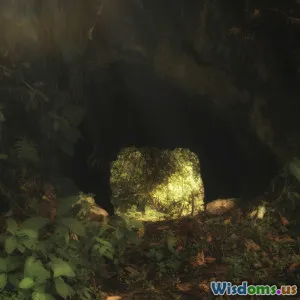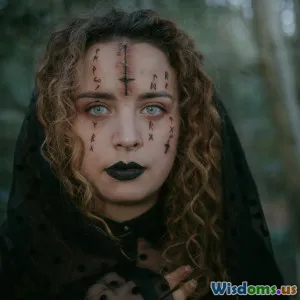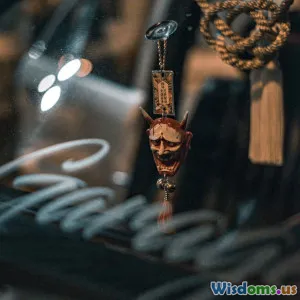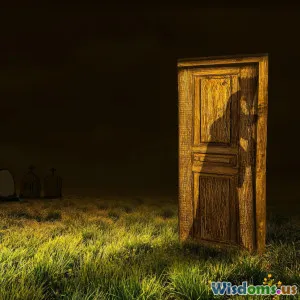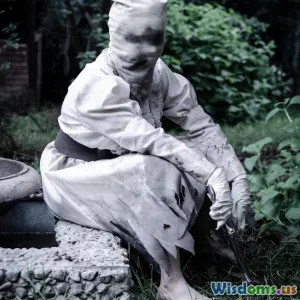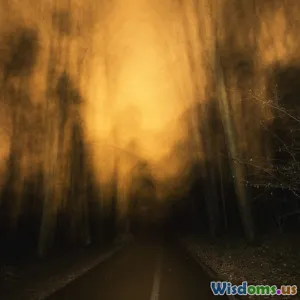
Exploring the Enduring Appeal of Haunted Highways Globally
14 min read Discover the cultural allure, legends, and mysteries behind haunted highways worldwide and why they continue to captivate travelers and ghost enthusiasts. (0 Reviews)
Exploring the Enduring Appeal of Haunted Highways Globally
For centuries, highways have served as arteries of adventure, commerce, and connection. Yet among the endless stretches of tarmac and winding mountain passes, some roads evoke more than just wanderlust—they stir primal chills and stories of the supernatural. From whispered legends to roadside memorials, haunted highways enchant, terrify, and fascinate travelers across continents. But what truly fuels our fascination with these ghostly thoroughfares, and which global routes exemplify their allure?
Ghost Stories Meet Asphalt: Why Haunted Highways Intrigue Us
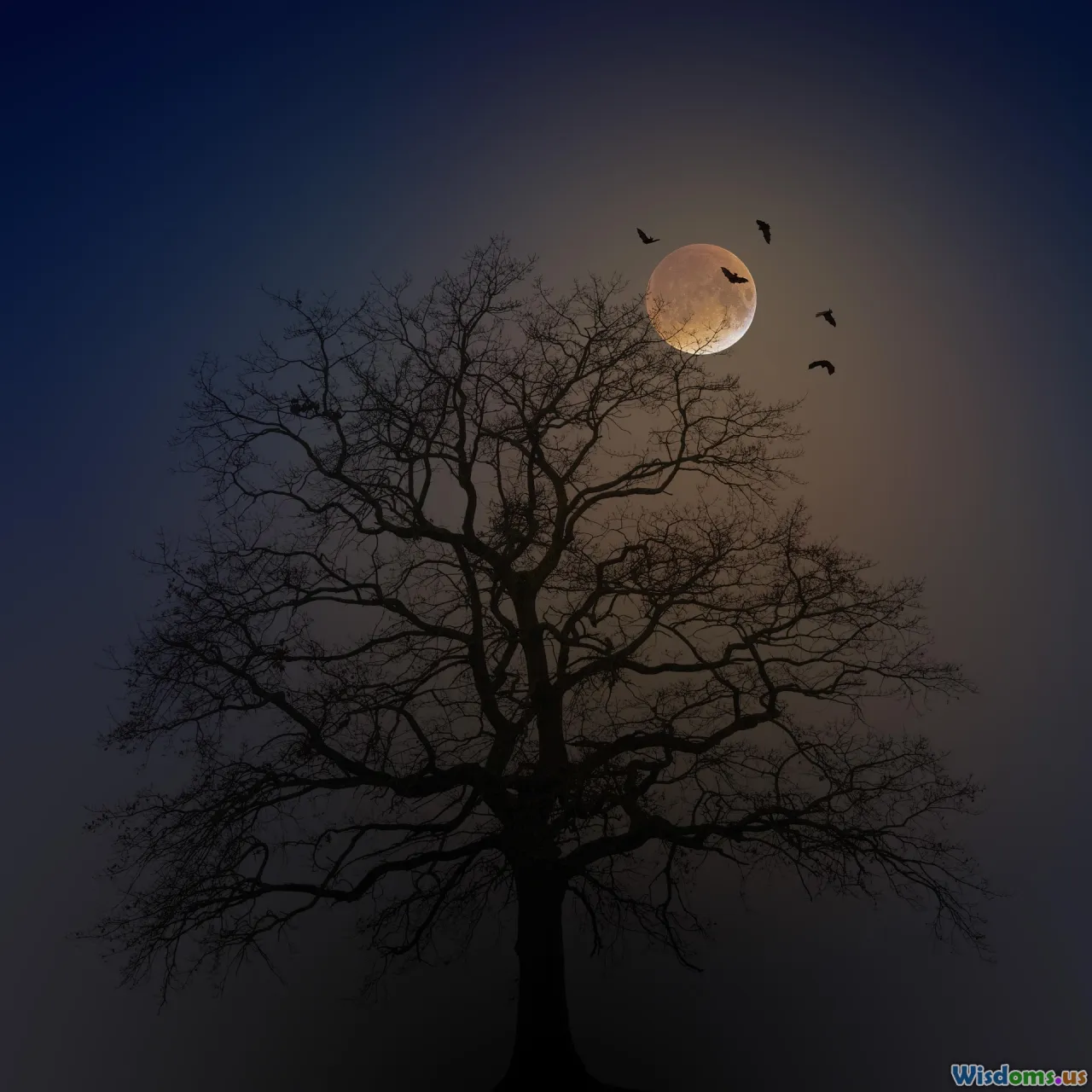
Just as castles and ancient ruins stir imaginations of the ghostly, highways present unique canvases for the supernatural. With their isolation, transience, and frequent accidents, roads become stages for modern folklore. One major reason for their persistent allure: highways are liminal spaces—places caught between destinations and certainties. Lonely drivers late at night, the monotony of the journey, or unexpected roadside markers can all invoke a sense of unease. It's in these psychological landscapes that haunted tales flourish.
Legendary Roads: Haunted Highways from Every Continent
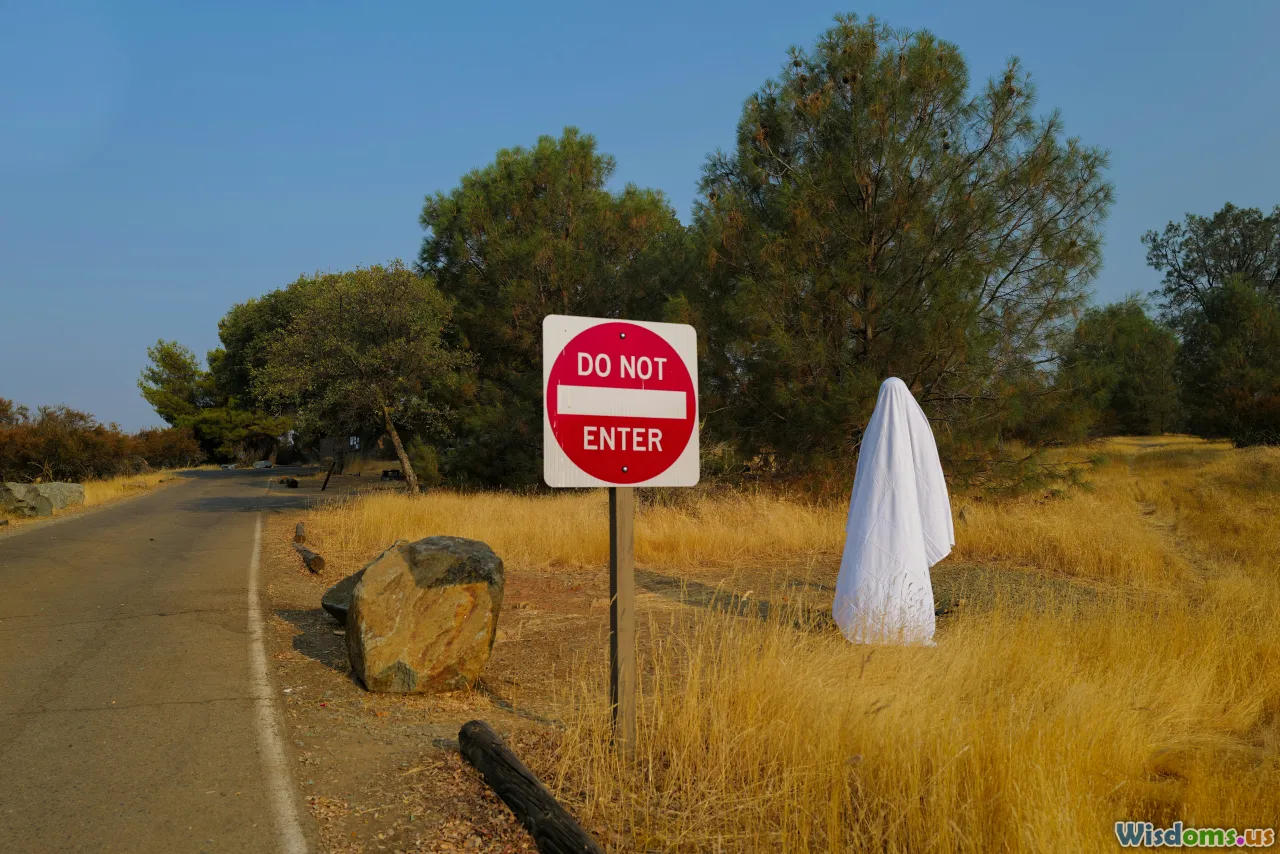
United States: Route 66 and The Ghost of the Lady in White
Arguably the most iconic American road, Route 66 is also home to dozens of supernatural tales. The most famous is the Lady in White who reportedly appears on stretches near the Oatman-Hackberry section in Arizona. Drivers claim to see a spectral woman in old-fashioned attire, often seeking a ride—only for her to vanish into thin air.
Japan: The Tunnels of Mystery on Route 299 and the Old Chusetsu Tunnel
Japan’s love for ghost stories spills onto its highways. Route 299, for instance, is notorious for reports of unexplained footsteps, figures peering from shadows, and voices in the dark. More famously, the Old Chusetsu Tunnel in Fukuoka Prefecture is reputed to be haunted by the spirit of a woman murdered there—a legend fueling local horror films and urban exploration trips.
United Kingdom: The A75 Kinmount Straight
Referred to as “Scotland’s most haunted road,” the A75 near Dumfries has been blamed for countless unsettling encounters. Witnesses have described apparitions of medieval horse-drawn carriages, screaming phantoms, and ghostly animals darting before headlights. First-hand reports date back to the 1950s, ensuring its reputation endures in popular media and folklore.
Southeast Asia: Malaysia’s Karak Highway
Scene of many tragic accidents, the Karak Expressway forests countless stories—specters of children, long-haired women, and phantom vehicles. The most notorious spirit is the “Yellow Volkswagen,” a car that appears in drivers' rearview mirrors and reportedly forces cars off the road.
South Africa: The ‘Uniondale Phantom Hitchhiker’
Between Uniondale and Willowmore, the N9 highway is infamous for Maria Roux’s spirit, reportedly seen during stormy nights hitching a ride and then vanishing. Local authorities field reports every year, with Maria’s legend spawning books, films, and seasonal “ghost tour” events.
South America: Chile’s Ruta 5
This highway, traversing bleak stretches of the Atacama Desert, is awash with stories. Drivers tell of translucent hitchhikers, mysterious trucks that disappear upon approach, and “La Llorona” sightings echoing the famous Hispanic folktale. Police and long-haul truckers often recount strange experiences, lending the tales credence in popular culture.
The Psychology of the Haunted Highway Experience
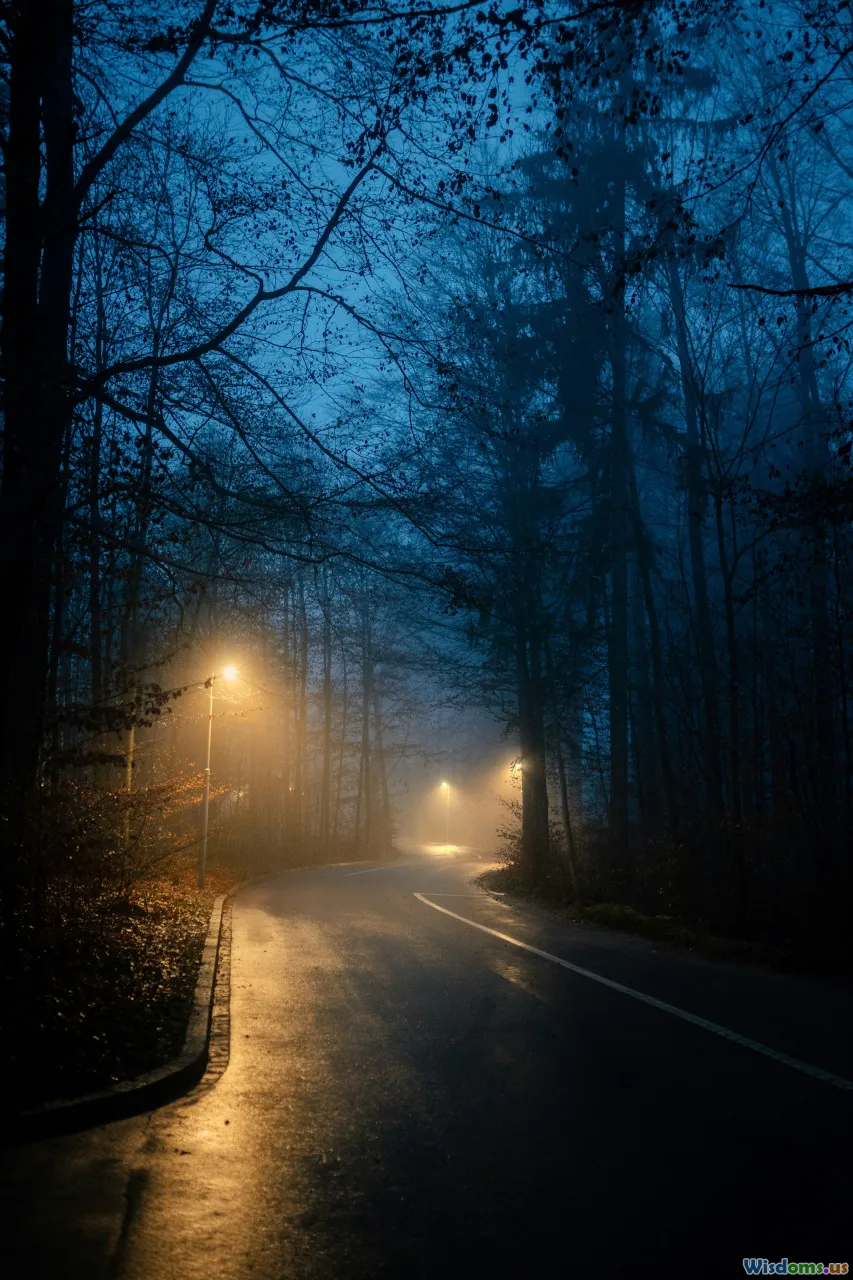
So why do so many roads earn haunted reputations? Psychologists point to liminality—the in-betweenness that highways represent. While speeding toward a destination, familiar contexts are stripped away and replaced by ambiguous landscapes prone to cognitive gaps. Nighttime driving, fatigue, and isolation enhance susceptibility to unusual stimuli: fleeting shadows become ghostly forms, roadside mist transforms into apparitions.
Consider also how high fatality rates on certain highways fuel these stories. Tragic accidents often spawn tales of unfinished business, especially in cultures with strong beliefs about the afterlife and spirits. Roadside shrines act as physical reminders of mortality, priming travelers for supernatural sensations.
Moreover, story-sharing—whether through hitchhikers' tales, Reddit threads, or campfire recounting—cements the haunted reputation of highways. Each personal “I saw something” helps transform local incident into transcontinental legend, providing thrill and catharsis for drivers navigating these uncertain stretches.
Haunted Highways and the Tourism Boom

The enduring popularity of haunted highways has spurred a niche tourism industry.
Case Study: America’s Haunted Highway Tours
In the United States, companies like Ghost Walk Studios lead nighttime tours along sections of old Route 66 and accompanying towns. These include stops at abandoned motels, guided EMF (Electromagnetic Field) meter “hunts,” and storytelling sessions. Events such as the “Haunted Highway Festival” in Seligman, Arizona draw enthusiasts each year, combining roadside attractions with immersive ghost experiences.
Roadside Cafés and Haunted Museums
Roadside cafés and diners near notorious haunted spots often embrace their eerie reputations by converting sections into mini-museums or themed dining rooms. The Clown Motel near Nevada’s Highway 95 serves as an iconic example, where guests both delight and shudder at the combination of clown memorabilia and reported ghostly visitations.
Asia’s Paranormal Roadtrips
In Japan, highways like the Tōmei Expressway see weekend influxes of paranormal enthusiasts. Some package tours take travelers through a set of “haunted highways and tunnels,” providing pre-loaded ghost stories for each stop. In Malaysia, the Karak Highway has inspired both horror movies and guided drives offering snacks, histories, and attempts to “see something” at infamous turns.
Evaluating Tourism’s Impact
The economic benefits of haunted highway tourism are tangible—seasonal upticks in sales, job opportunities, and the revitalization of dying roadside attractions. At the same time, local governments walk a fine line between profiting from legend and respecting the real tragedies behind some of these stories.
Safety, Sensation, and Skepticism: Keeping Haunted Highways in Perspective
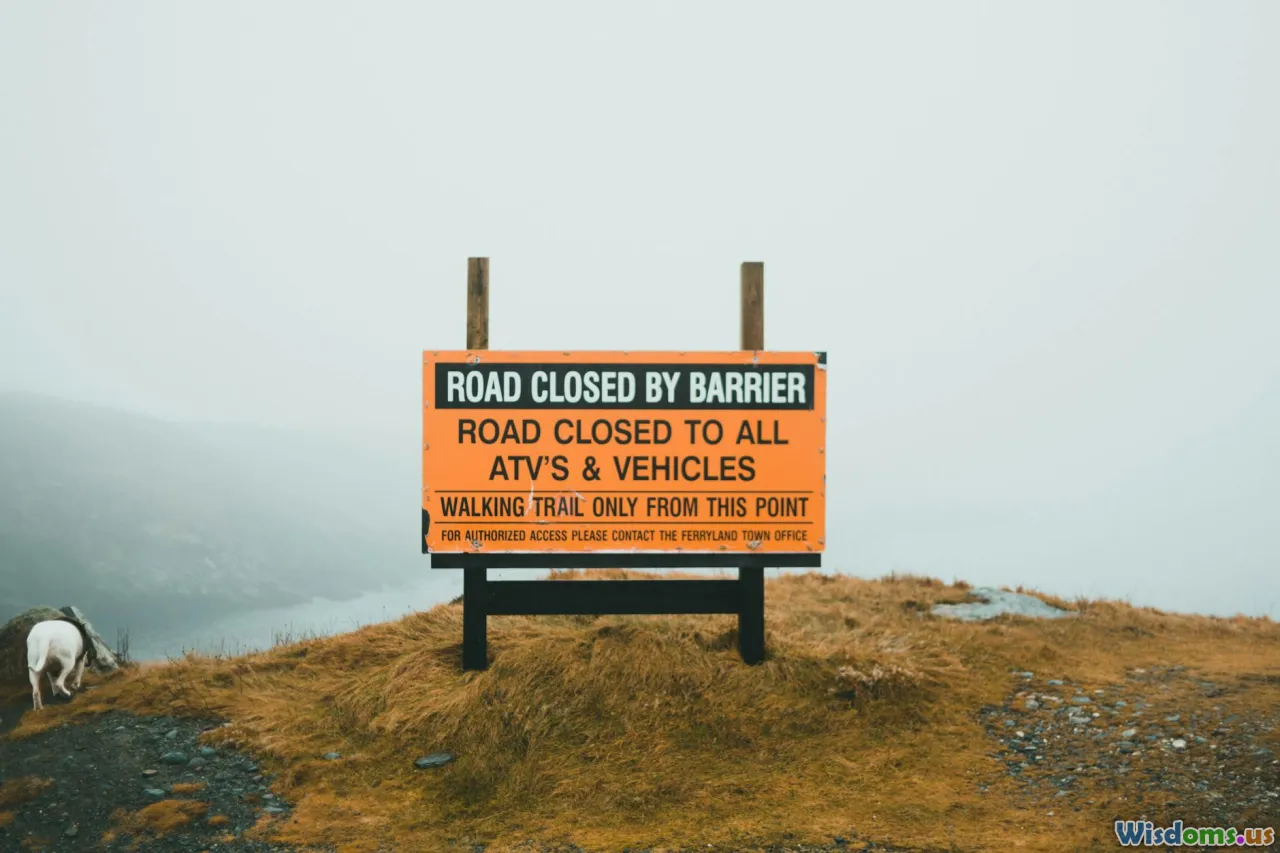
Spine-tingling tales may drive curiosity, but real-world dangers are less spectral and more prosaic. Many haunted highways become infamous due to dangerous driving conditions—remote, poorly lit stretches, sharp bends, or wildlife crossings. High accident and fatality rates contribute both to superstition and the urgent need for:
- Improved road infrastructure and signage
- Public safety campaigns during peak travel hours
- Community engagement with ghost tourism to avoid trespassing or unsafe conduct
For those enticed by haunted drives, keeping speed under control, planning routes in advance, and avoiding risky solo night excursions can mitigate real hazards. Tourists should also be skeptical of leading questions during ghost tours and urban legend presentations—many stories persist through suggestibility and the psychological effects of anticipation.
How to Plan Your Own Haunted Highway Adventure
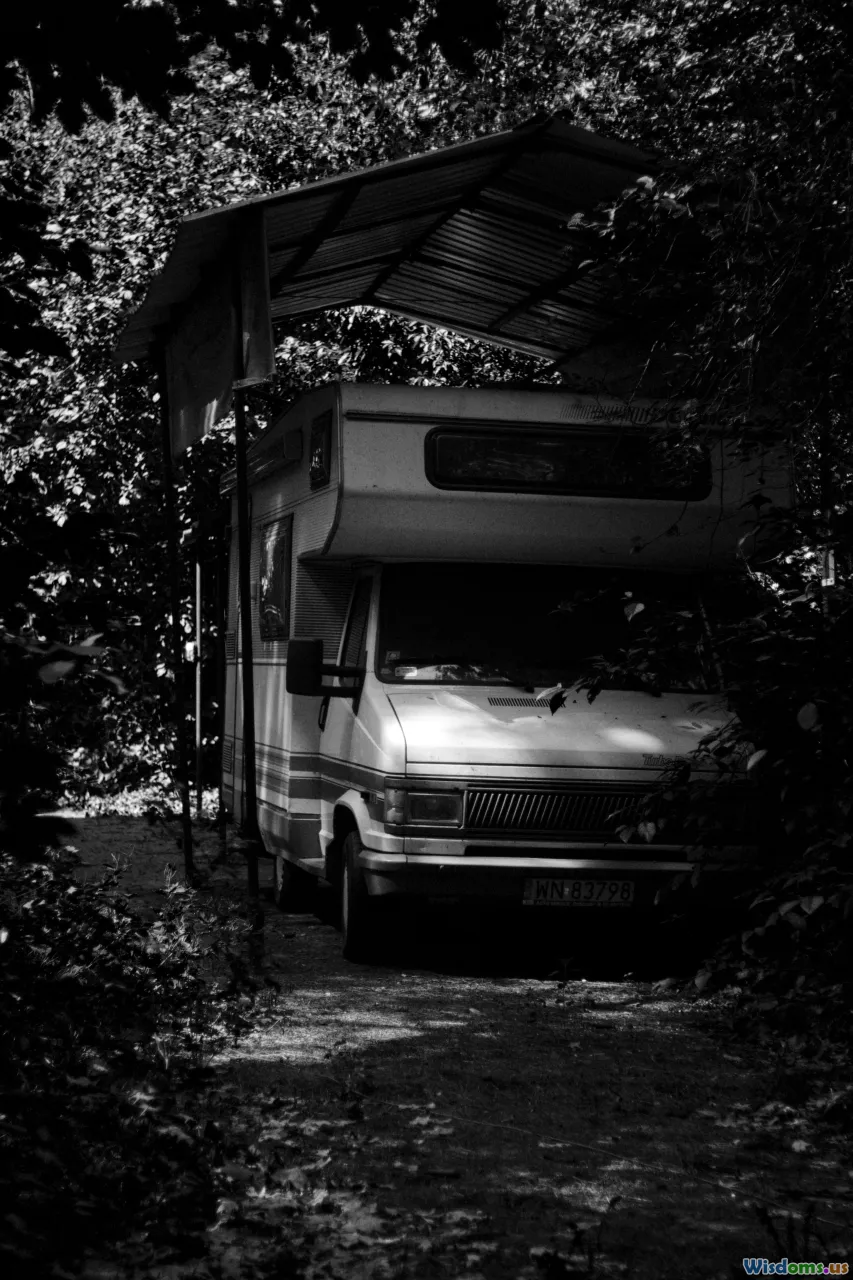
If supernatural road trips beckon, a thoughtful approach ensures both chills and safety:
-
Research Reputable Locations: Seek highways with documented histories and reputable guides. Review first-hand accounts online—but don't believe every story wholesale.
-
Map Out Safe Stops: Choose lodging and rest stops ahead of time, especially when driving in unfamiliar regions. Many haunted highways span remote or hazardous areas.
-
Go With a Group: There's safety and fun in numbers. Whether joining an organized tour or gathering friends, group travel mitigates risks both real and imagined.
-
Pack Practical Supplies: Bring a reliable flashlight, food and water, backup phone power, and a first-aid kit. Nighttime visibility decreases on rural haunted highways.
-
Balance Open-Mindedness with Skepticism: Enjoy the atmosphere and history, but question extraordinary claims and never pursue risky dares (like urban exploring condemned tunnels or ignoring warning signs).
-
Embrace the Experience: Even if you encounter nothing supernatural, the blend of folklore, landscape, and night travel crafts a story you’ll remember.
Haunted Highways in Film, Literature, and Pop Culture
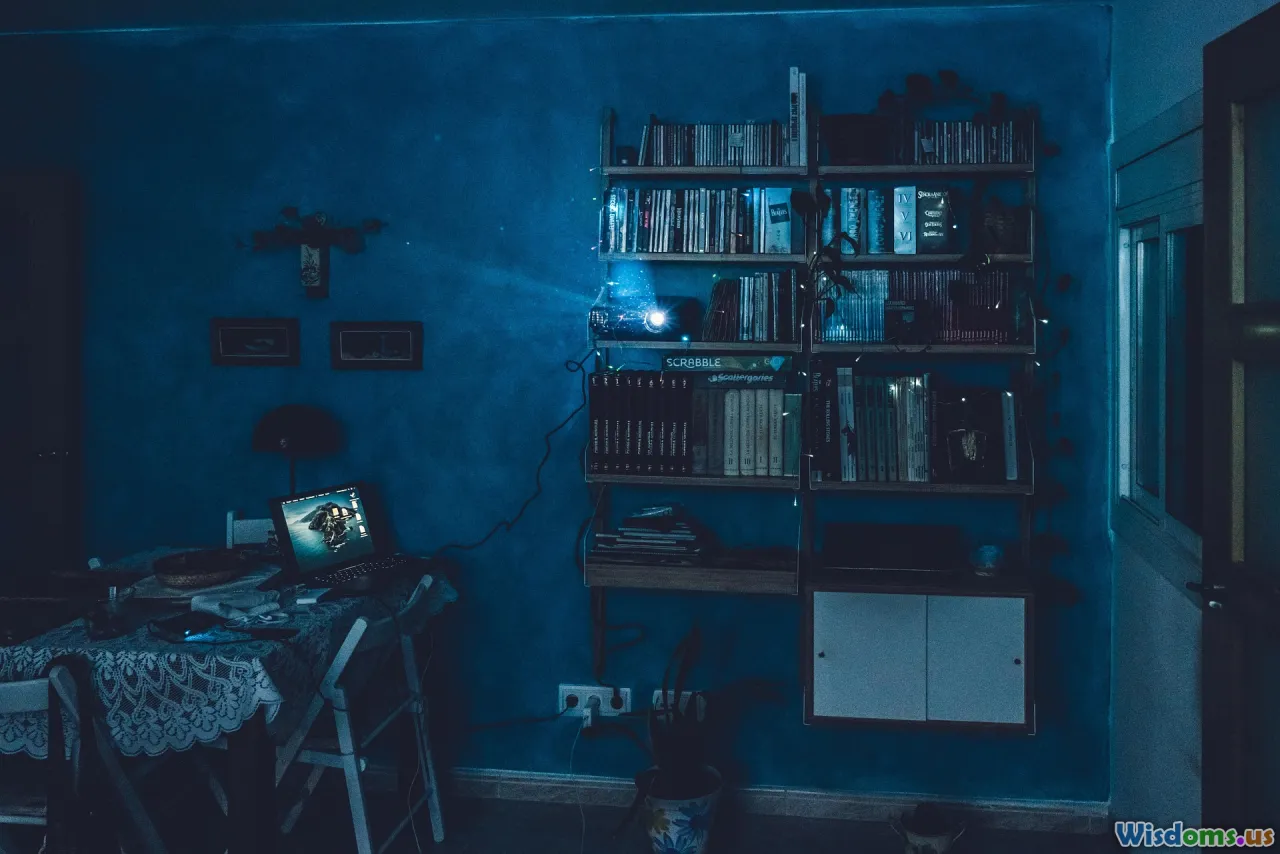
The spooky status of haunted highways has found a home in international arts and media.
Blockbusters and Documentaries
Films like "Jeepers Creepers" and Japan’s “Ju-on: The Grudge” have utilized haunted road motifs to amplify suspense. Around the globe, supernatural documentaries—like the UK’s "Most Haunted Roads"—seek out the creepiest highways, uncovering new stories and witness testimony.
Folklore and Urban Legends
Authors collect firsthand accounts into anthologies; for instance, David Weatherly’s book Haunted Roads of America explores dozens of chilling stories, mapping regional differences and lore density. Websites like Reddit’s r/NoSleep are filled with chilling, crowd-sourced ghost highway tales—many going viral and continuing the storytelling tradition in new, digital forms.
Tourism’s Role
Pop culture depictions and personal stories feed back into tourism, making haunted highways self-sustaining phenomena. Some savvy businesses erect themed billboards, produce web series, or even create AR (augmented reality) driving ghost adventures.
The Universal Fascination With the Unknown
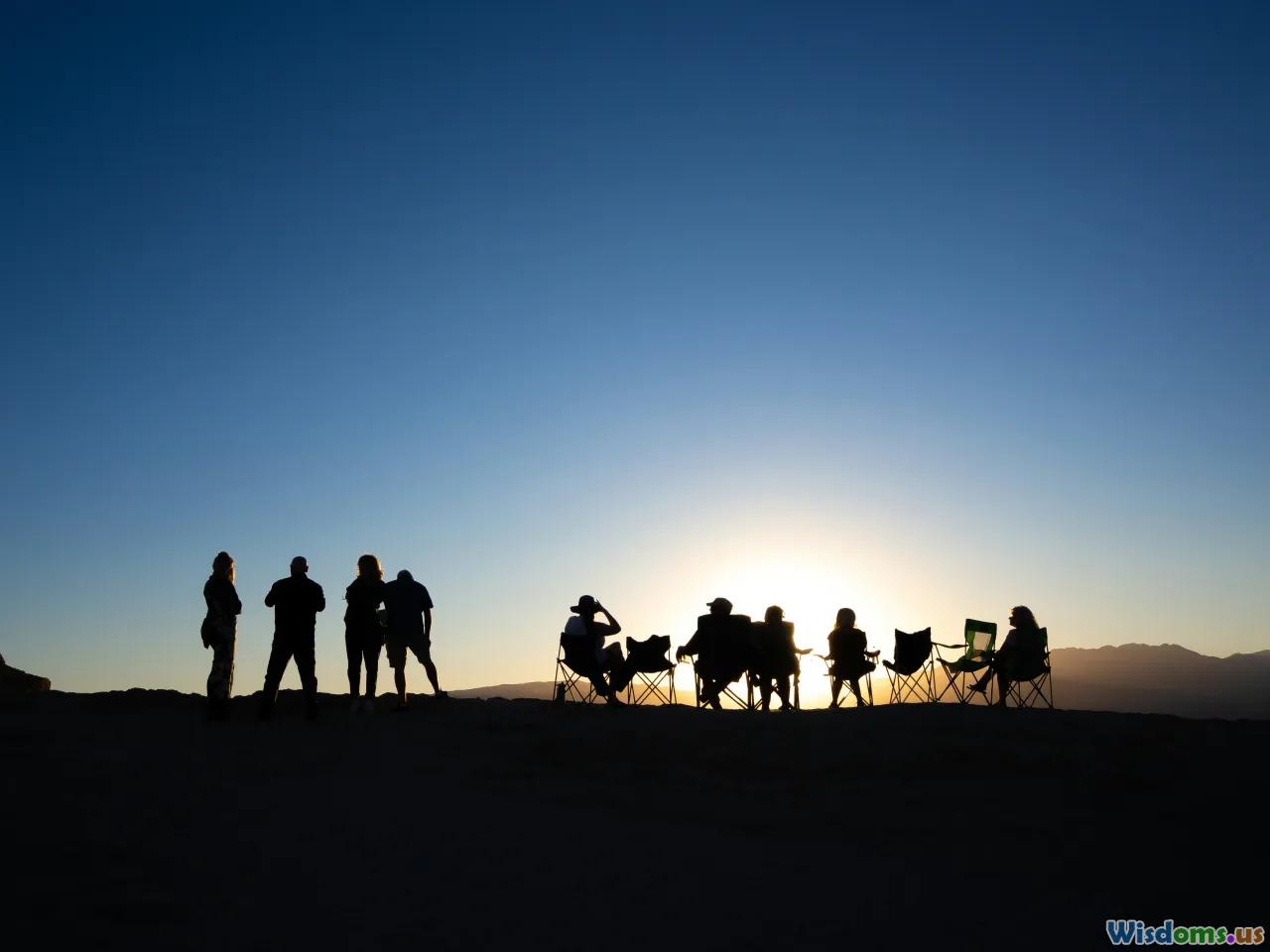
What do haunted highways ultimately reveal about us? Across continents and cultures, the allure is less about concrete proof of ghosts and more a testament to human imagination, collective memory, and the need to locate the unknown among familiar spaces. Rogue stories along forgotten blacktop speak to our fascinations with mortality, transition, and the extraordinary hiding in the everyday.
Whether you are tracing the ghostly curves of Scotland’s Kinmount Straight, navigating the foreboding Karak Highway after midnight, or driving under a canopy of haunted American oaks, remember: every haunted highway is also a mirror reflecting the dreams, hopes, and fears of those who travel them. Perhaps that, more than any spectral sighting, is why these mysterious routes will never truly fade from our road trip itineraries.
Rate the Post
User Reviews
Other posts in Supernatural Legends and Folklore
Popular Posts










